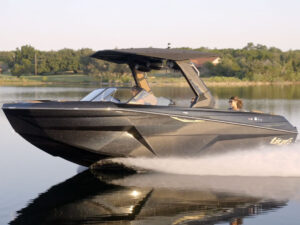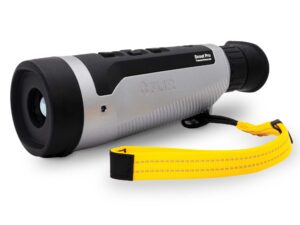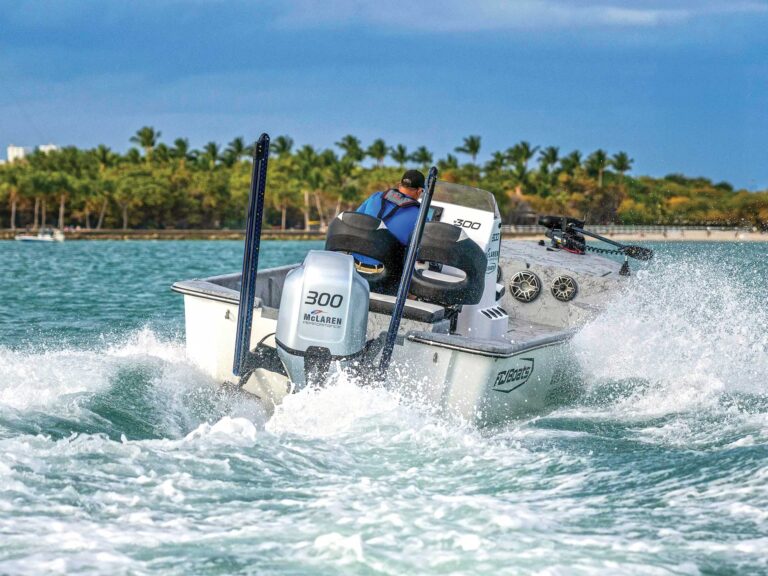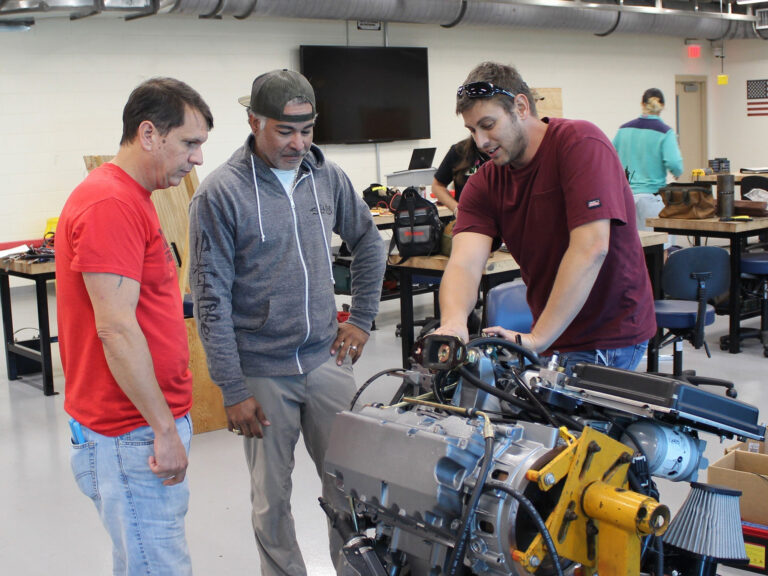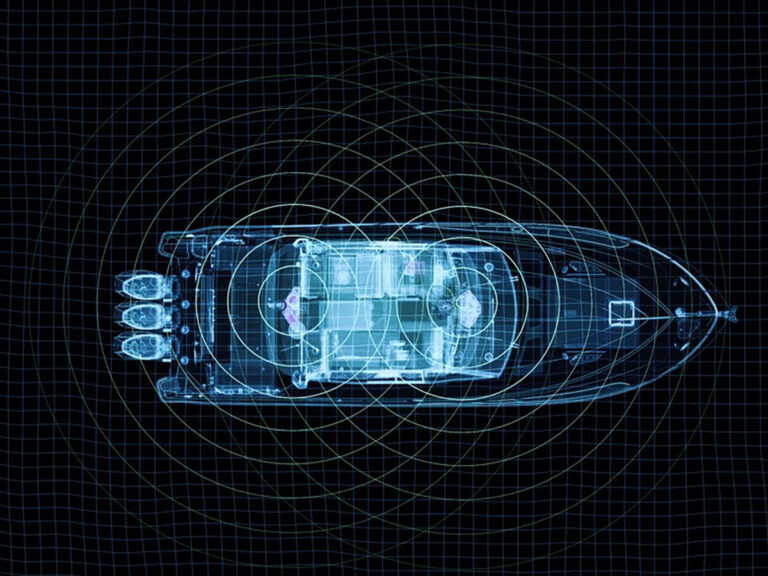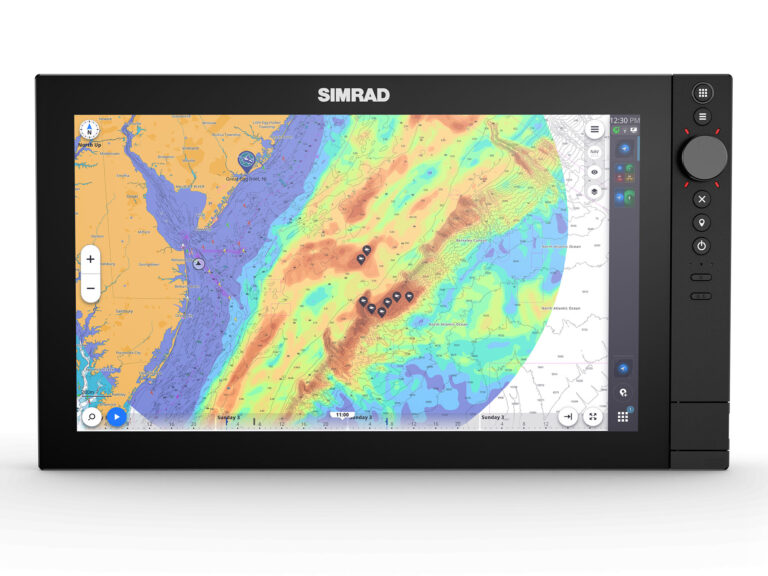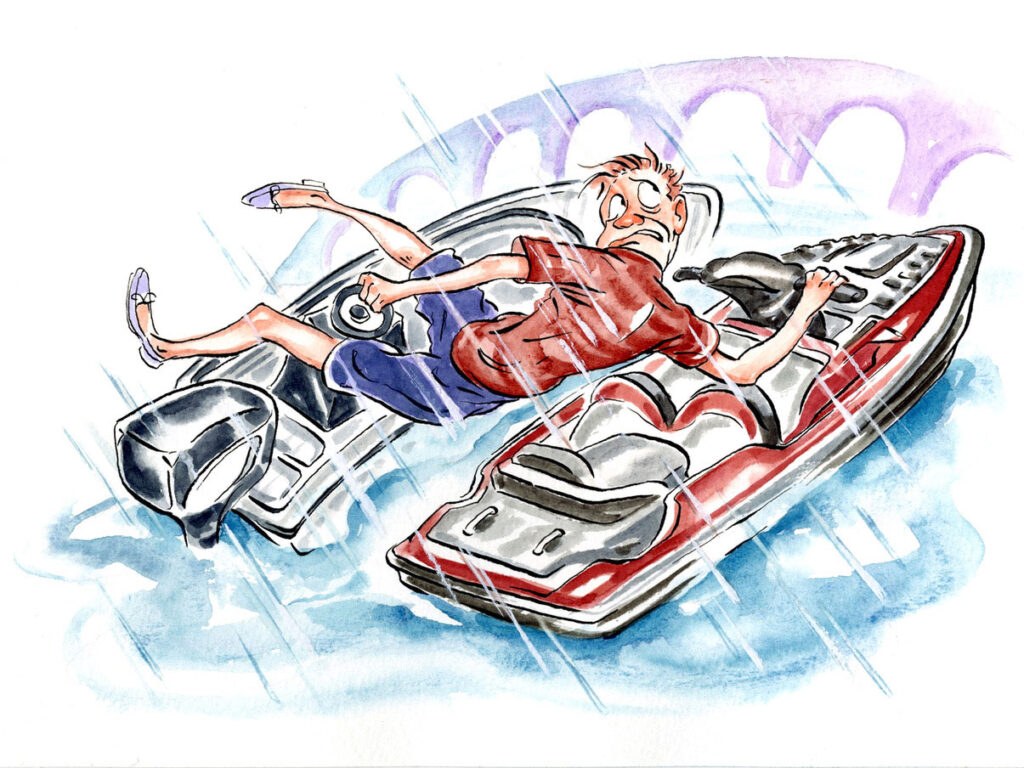
Have you ever been suddenly awakened from sleep with your eyes wide open and a deep, dreadful feeling that something is wrong? When my eyes popped opened, there was rain beating against the sliding door of our Florida Keys condo. I looked outside to check the boats and saw the red-hot glow of my father-in-law’s cigarette in the predawn minutes. He was shirtless, in a pair of boxers, and cussing at his three-man Sea-Doo that was pinned between our rented center-console and the granite rocks of the shoreline. With every lap of the waves, you could hear the sickening crunch of fiberglass.
Both of us are Florida natives, have owned numerous boats, and have over 60 years of combined experience in the Atlantic and Intracoastal Waterway of Florida. For decades, we’ve made a family trip to the Keys to fish and catch spiny lobster—usually in the middle Keys between Islamorada and Marathon.
The previous evening, we had watched the sun set behind the two vessels tied to a mooring ball about 30 yards offshore. I recall the peaceful bay that evening: a neon-pink sky, cotton-candy clouds, and a gentle breeze in the palms. We had already used the mooring for the boat, and it was getting late, so we decided to tie off the Sea-Doo overnight—neither one of us considered the extra weight pulling on the mooring or bothered to check the weather forecast.
A tropical squall kicked up and pushed the rig into the rocks. I ran outside wearing swim trunks and jumped onto the center-console. The Sea-Doo was taking on water and listing. The rental didn’t have any dock lines, and the only thing that I had in my portable emergency kit was parachute cord. I tied the cord to the bow of the Sea-Doo, and my father-in-law got onto the Sea-Doo to steer while underway (no life jacket). I put the boat in gear without communicating or checking the attitude of the Sea-Doo, which was perpendicular to the boat. As soon as I engaged, the nose of the Sea-Doo whipped around and threw my father-in-law off the back and into the rocks (fortunately, he suffered only a couple of bruises).
Read Next: An Anchoring Emergency
I was on my own heading for a cut under one of the many bridges in the Keys. If you’re familiar with the area, then you know how strong the current rips through there. As I approached the bridge, the parachute cord snapped. The Sea-Doo was adrift and heading toward the bridge at about 10 knots and closing fast. I swung the boat around and grabbed the steering wheel of the Sea-Doo with my right hand at midship and managed the boat with my left. At this point, I was at the mercy of the current and drifting broadside toward the center pylon. I bumped the engine in and out of gear and managed to drift sideways under the bridge without contact—the Sea-Doo still in hand, my heart in my throat, and my nerves frayed. I was able to get the Sea-Doo to the boat ramp and hauled it out with the trailer.
Lessons learned? Take your pick. Inspect your mooring. Consider the weight on a mooring. Never neglect the weather. Take a few seconds to don a life jacket. Communicate with your crew. Properly equip a rented vessel. In haste, we made poor decisions and turned a serious situation into a dangerous situation—the Sea-Doo could have been salvaged much less urgently. And, finally, as always, say your prayers and give thanks.
Dan McNeil
Cleveland Heights, Ohio
Wanted: Your Stories
Share your boating mistakes and mishaps so that your fellow boaters might learn from your experience. Send us your first-person accounts, including what went wrong, what you’d do differently, your name and your city, to editor@boatingmag.com and use “ILAB” in the subject line. If your story is selected for publication, we’ll send you a $100 West Marine Gift Card!”

